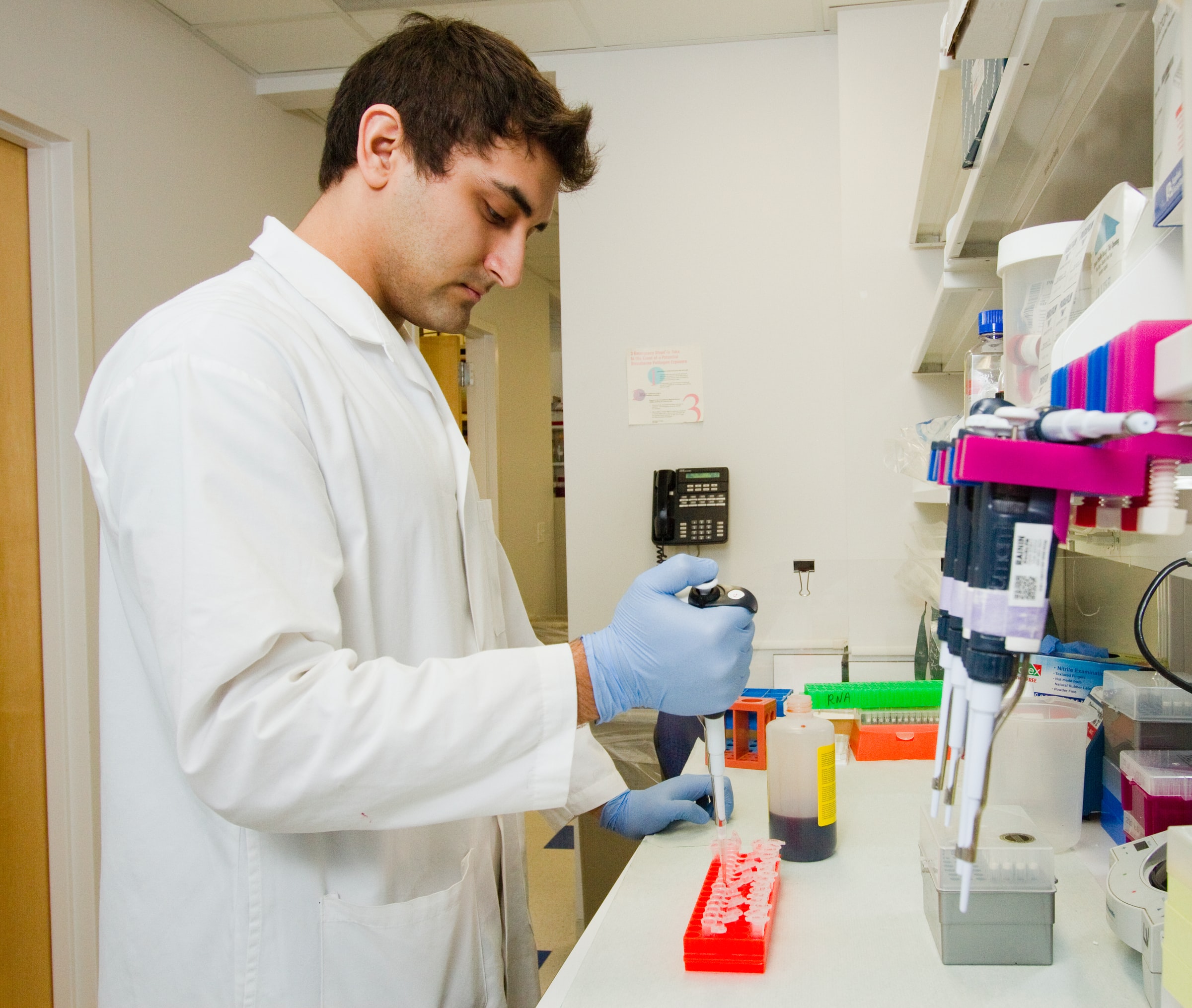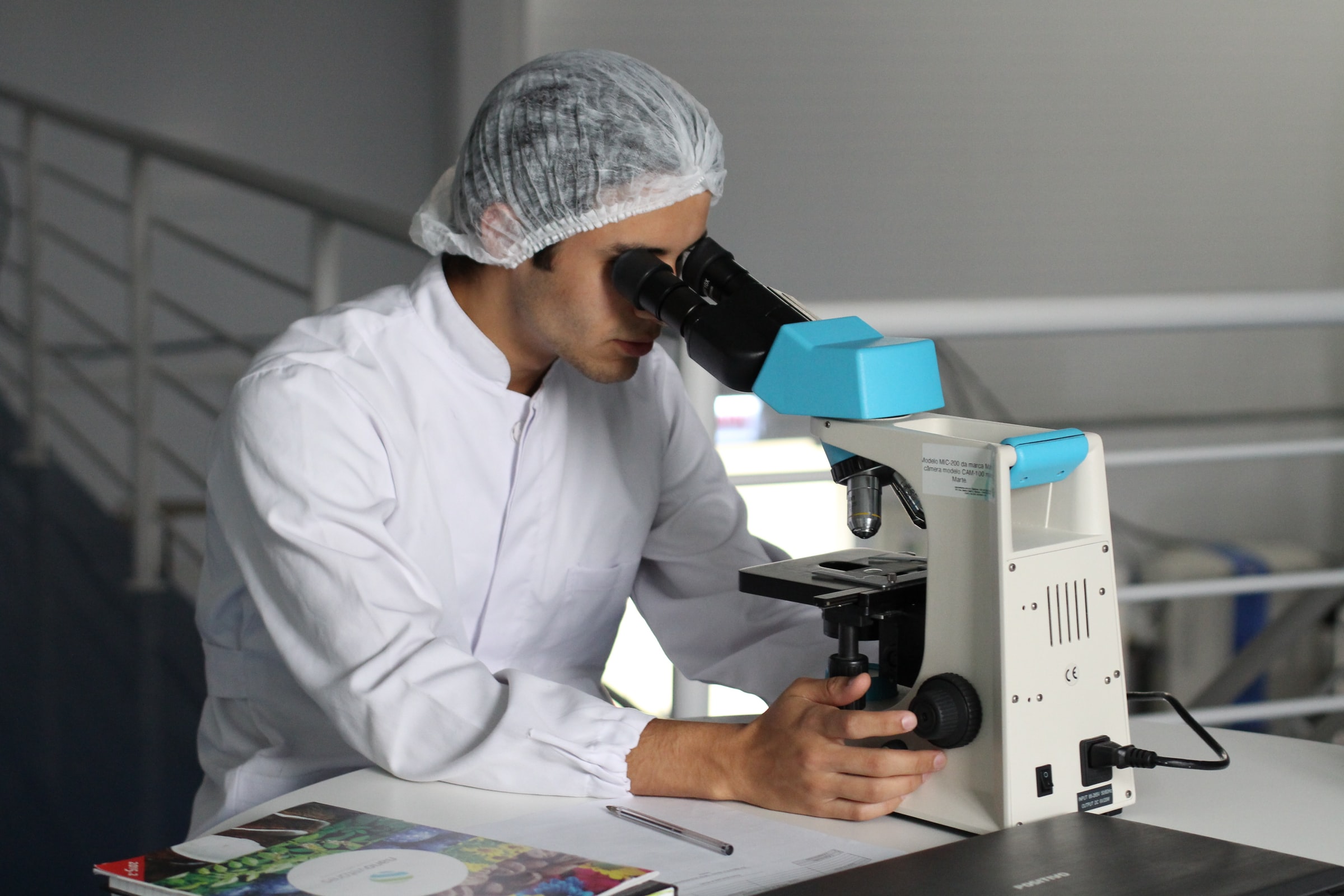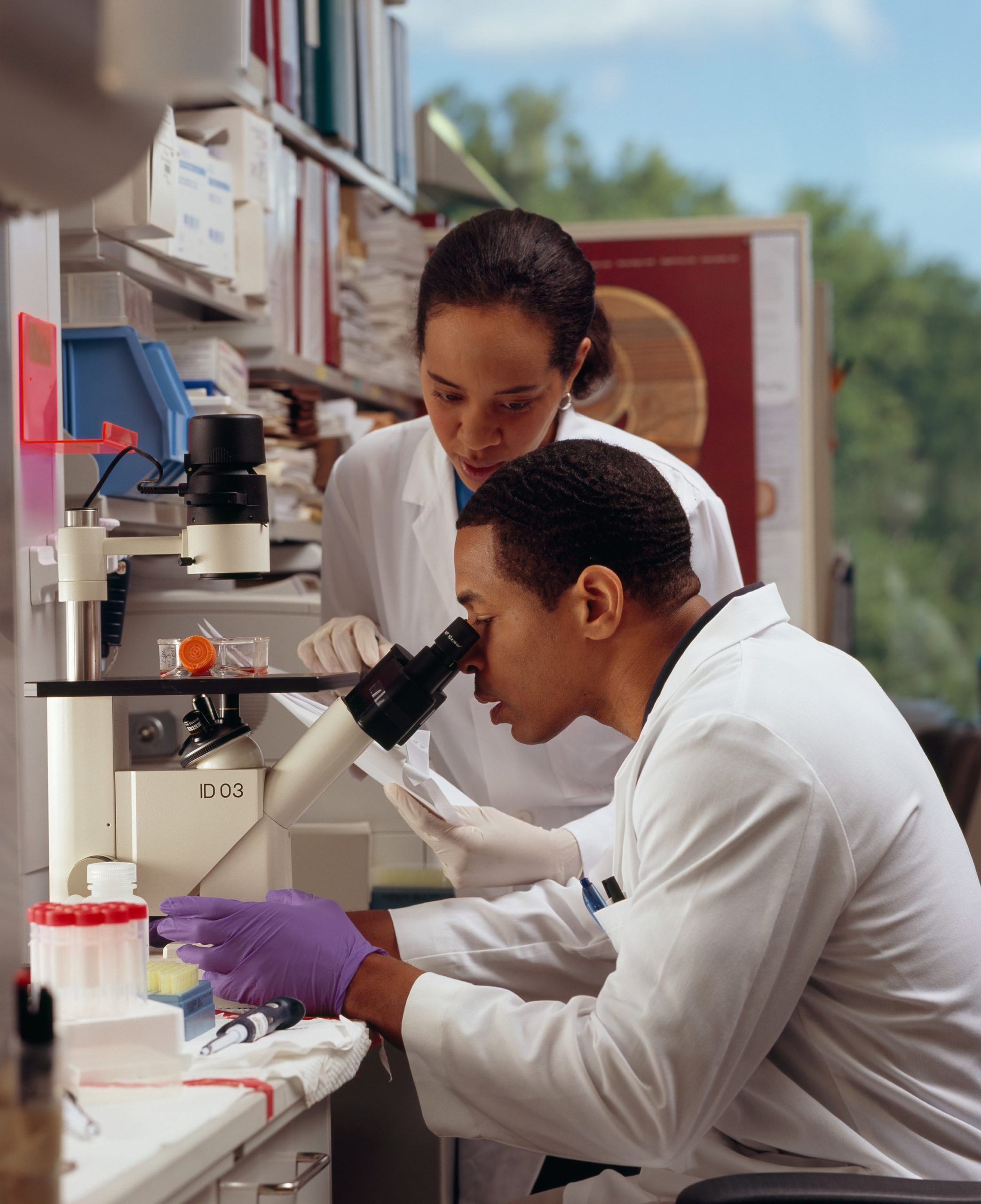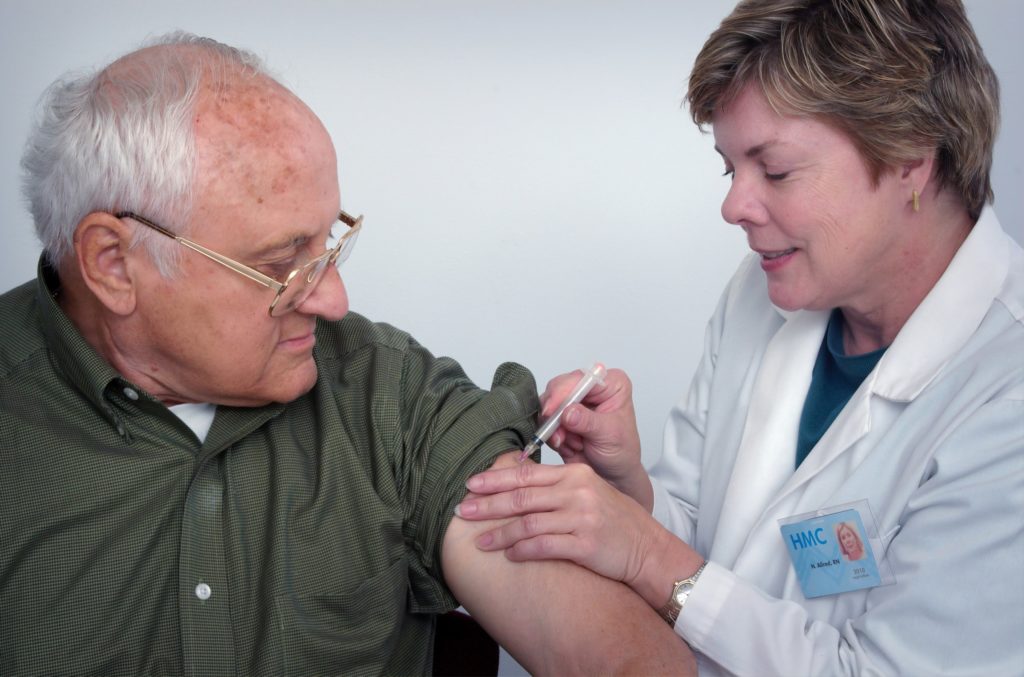If you are a man, there is a good chance that you will be diagnosed with prostate cancer at one point or the other in your lifetime. According to statistics, 1 in 8 men will be diagnosed with prostate cancer at some point in their lifetime. If you are a person of color or an African American man, then the chance of you being diagnosed with prostate cancer is 1 in every 7 men.
This is why you need to get tested regularly because even though this doesn’t cause a problem for everyone, it can be an issue for certain people. Stay in touch with your doctor about your prostate health, and you shouldn’t feel ashamed about that. So, without further ado, let’s dive into this blog and learn more about prostate cancer.
1. What is it?

Prostate cancer is a type of cancer that occurs in the prostate. The prostate is a small walnut-shaped gland in males, and it produces the seminal fluid that transports and nourishes sperm. It is one of the most common types of cancer alongside breast cancer. Prostate cancer grows slowly and over time, and it is usually confined to the prostate gland, where they don’t usually cause any serious harm.
It should be noted that some types of prostate cancer grow slowly and may need minimal or even no treatment, while other types of prostate cancer are rather aggressive and can spread rather quickly. When detected early, you have the best chance of having a successful treatment.
2. Causes

Scientists have still not found what causes cancer yet, but there is a lot of hypothesis for this out there. What doctors know so far is that it begins when the cells in the prostate develop changes in their DNA. It is important to know that a cell’s DNA contains all the instructions that tell it what to do.
When the DNA changes, the cells grow and divide more rapidly than normal cells do. This abnormal growth will continue to live when other cells would otherwise die. Over time, this accumulation of abnormal cells will form a tumor that will grow to invade the nearby tissue. These cells can break away and spread to other parts of your body in some cases.
3. Symptoms and risk factors

During its early stages, there are no visible signs or symptoms. But when it’s more advanced, then there may be some symptoms and signs that indicate this. These are:
-
- Bone pain
-
- Blood in semen
-
- Decreased force in the stream of urine
-
- Erectile dysfunction
-
- Losing weight without trying
-
- Trouble urinating
There are also factors that may increase your likelihood of having prostate cancer. These are:
-
- Family history- If one of your blood relatives, like a parent, sibling, or child, has been diagnosed with prostate cancer before, then the chance of you having prostate cancer is higher. If you have a higher rate of breast cancer in your family, then it is very likely that you have an increased chance of having prostate cancer.
-
- Obesity- According to research, people who are obese have a higher risk of prostate cancer than people who are considered to be of normal weight. People who are obese are more likely to have a more aggressive form of cancer, and it is likely to return after the initial treatment.
-
- Old age– The risk of cancer increases as you grow older, and the most common cases are after the age of 50.
- Race– Unfortunately, this is an important factor that you need to consider when it comes to prostate cancer. The factors for this haven’t been determined yet. The probability that an African American man is diagnosed with prostate cancer compared to a White Man in the US is about 76%. It is also more likely that Black people have a more advanced and aggressive version of prostate cancer.
4. When to get tested, and what is the screening like?

If you are in one of the categories listed above in the risk factors, then you should start getting tested for prostate cancer when you are in your early 40s. If you are at normal risk, then it is advised that you start getting screened once you turn 50. Some people get tested yearly, while others get it done every other year.
Many men don’t think it is important, forget about it or even avoid it, and you should get it tested to be on the safe side, and you should get tested. A typical screening usually consists of a prostate-specific antigen blood test which is known as a PSA, and a DRE, which is a Digital Rectal Examination.
If the PSA and DRE tests come back abnormal, further testing will be conducted. A prostate biopsy will be done. More recent options that are used are prostate MRI. This has been shown to improve the detection of cancers that are more likely to be aggressive and cause harm.
Just like with any sort of cancer, early detection is key here, and it is something that everyone should be conscious of. Sound off in the comments section below and tell us what you want to read next and if you want to read more about prostate cancer.


